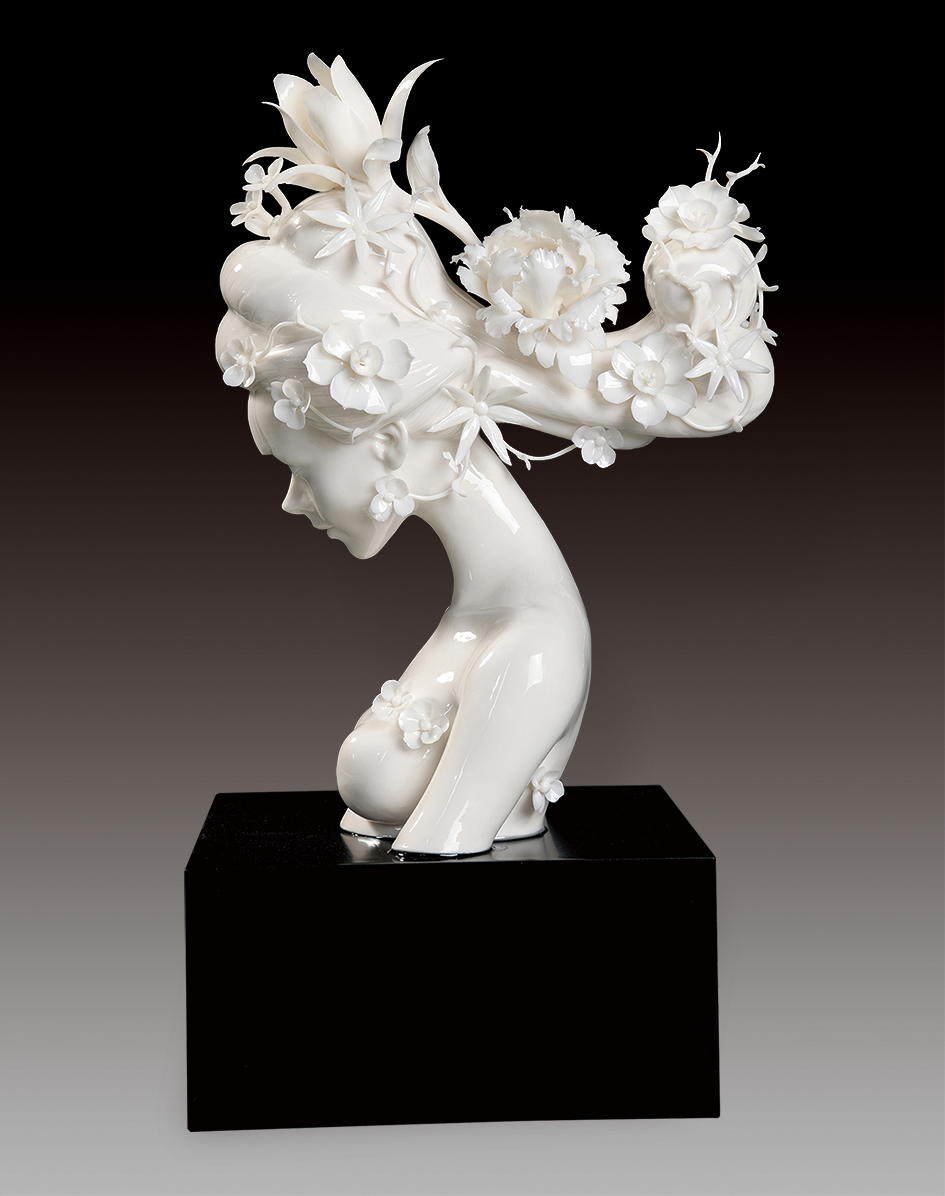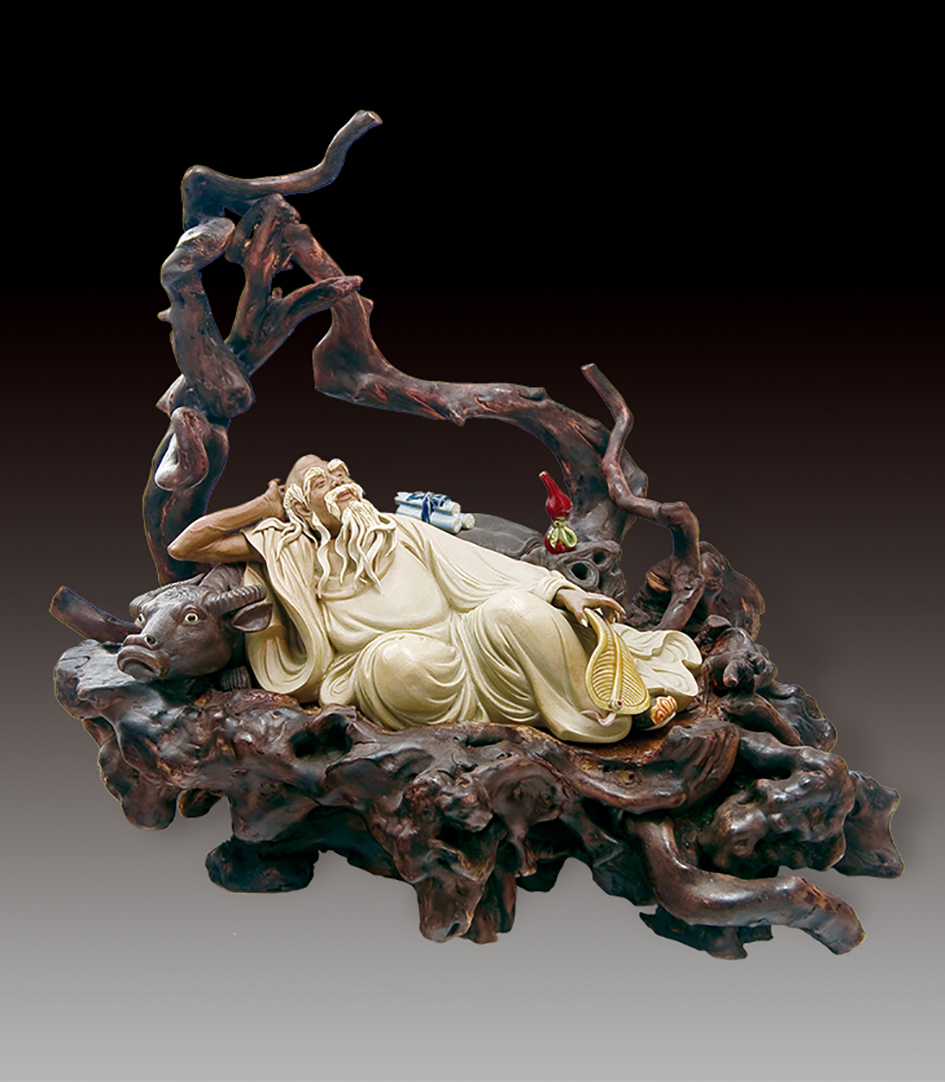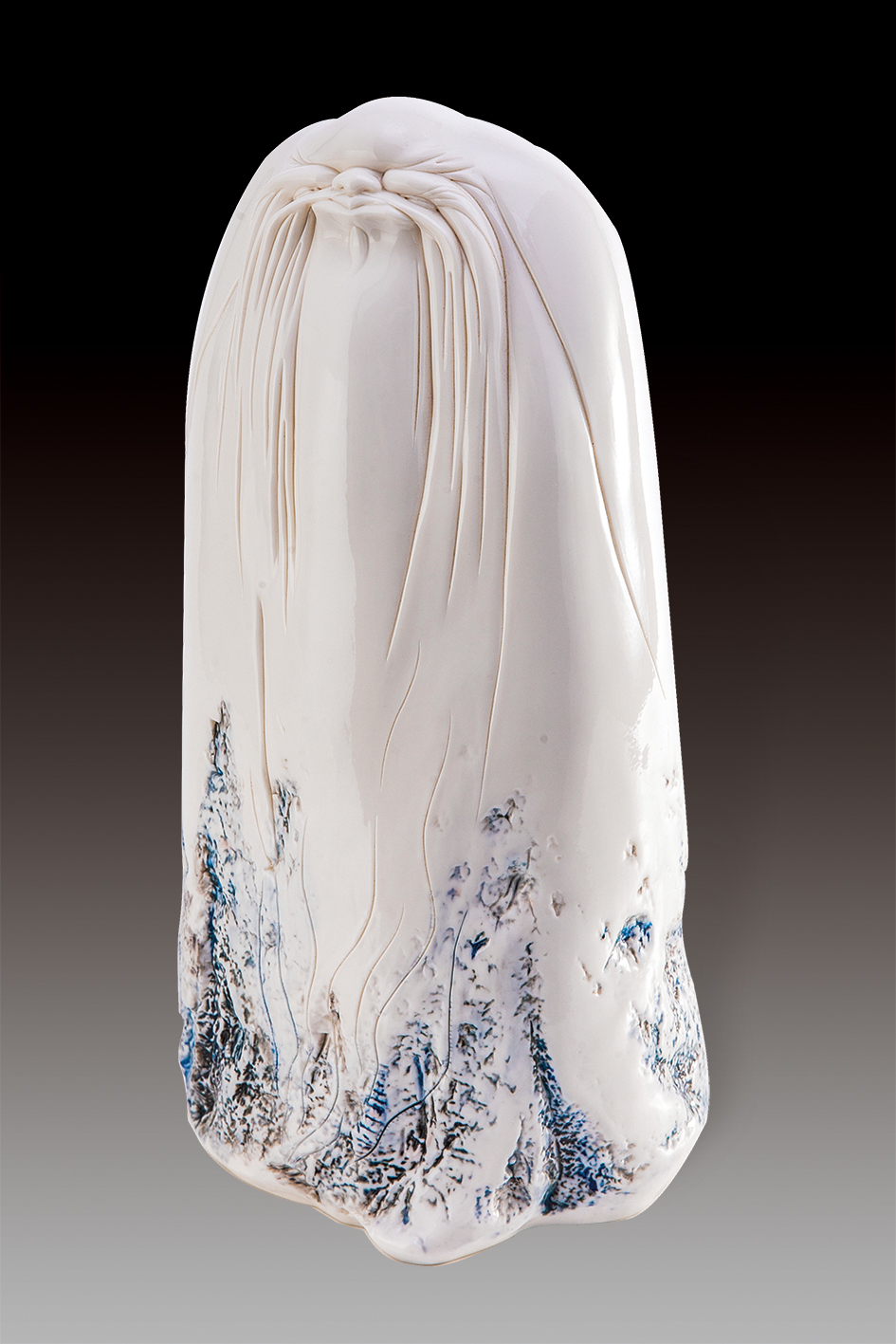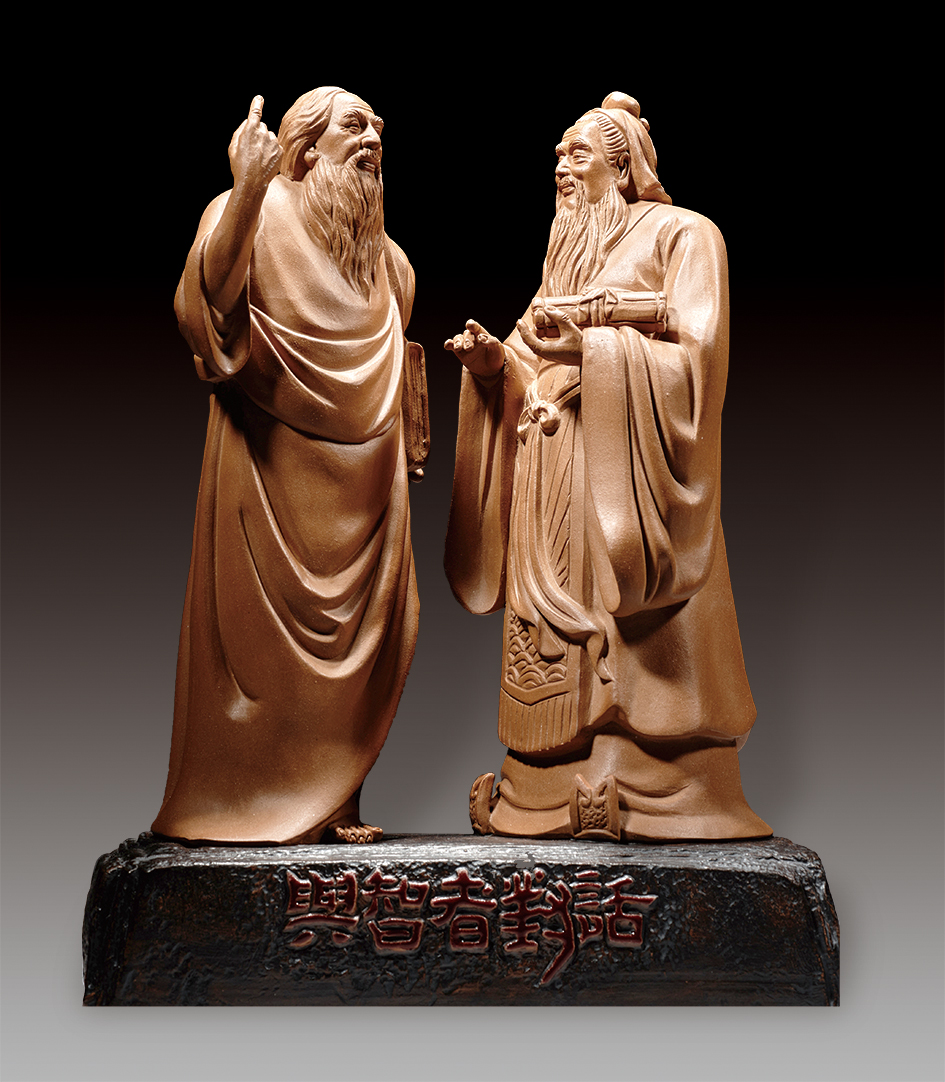As art develops increasingly mature, people's aesthetic preferences tend to diversify. China is a country with a long history, and ceramic art has existed for thousands of years. With the improvement of people's living standards, their aesthetic demands have gradually increased, leading more and more individuals to choose ceramic sculptures as decoration. Ceramic sculpture, formed from clay or porcelain, creates visible and tangible three-dimensional artworks that reflect social life and the human spirit. It is an art form with independent aesthetic characteristics and ideals. To meet the diversified aesthetic needs of people, sculptors put considerable effort into their creations, fully embodying the artistic value of their works through expressive forms and their unique creative techniques. By employing new concepts and rich imaginations, they make ceramic sculptures more diverse in types and forms, thus satisfying consumer demands.

(1) The Artistic Language of Ceramic Sculpture Decoration
In traditional feudal society in China, ceramic craftsmen, a part of the lower labor class, had their aesthetic tastes constrained by the ruling class. Most ceramic sculpture creations primarily served to satisfy the preferences of the ruling class. Only when the material needs of human society were met, and civilization reached a certain height could artists truly confront their inner worlds, continually push the boundaries of their craft, and elevate their art to new heights, presenting a captivating sculpture world.
For instance, the author’s blue-and-white ceramic sculpture series depicting musical instruments serves as another testament to the notion that "architecture is frozen music". Ceramic sculptures can indeed evoke the melodic qualities of "frozen music", enchanting viewers with the porcelain instruments before them. Is this truly a ceramic sculpture? Do the beautiful notes emanate from them, or do they drift from deep within the heart? When a sculptor creates a ceramic piece, the work transcends a simple expression of the creator's self. Instead, it is a direct manifestation of the creator’s cultural accumulation and presented in the works’ creation. The creator explores, discovers, and ultimately chooses one or various forms that express the language of clay. The spiritual essence of the creator must be realized through different forms of clay expression. The exploration of the language of clay, which involves tearing, rolling, beating, and carving the clay, resonates profoundly with the human spirit, providing a pathway for modern individuals seeking a spiritual reconnection. This process holds substantial contemporary relevance.
In contemporary ceramic art creation, how to find a suitable method to express the inherent styles of clay and articulate sculptors' thoughts and feelings is what sculptors strive to achieve. This pursuit has led to various experimental attempts, diversifying the expressive forms of ceramic sculpture. Techniques such as fingerprints, tool marks, contrasts of different materials, variations in glaze due to different firing methods, and post-firing painting are widely used in contemporary ceramic sculpture, collectively constructing the unique language of the works. For example, in the author’s work, Violin Series of Violin Language, the author deliberately distorted clay in an exaggerated way and utilized vibrant colors to create a violin image that deviates from reality. This, in turn, embodies the effect of a passionate, dynamic musical performance, allowing viewers to resonate emotionally, just like experiencing a silent symphony that stirs the heart.


(2) The Artistic Spirit of Ceramic Sculpture
In today's society, rapid economic development and advanced information communication facilitate broader exchanges and deeper penetration of cultural arts among countries. Spiritual and cultural arts are no longer a luxury for a select few but have become part of the everyday lives of the masses. As people’s thirst for spiritual culture and arts grows, ceramic sculpture art, as a form of creative practice, gradually reveals its increasingly important role in people’s cultural and artistic lives. It profoundly influences people’s living worlds in a concrete and materialized way, further impacting their cultural and spiritual views. It not only creates tangible decorative objects for people’s living world but also generates the most perceptual and direct forms of culture. Thus, to some extent, ceramic sculpture art reflects the specific living conditions of culture and stands as one of the most significant visual representations of social-cultural forms.
In the 21st century, people are no longer satisfied with mere survival. The demand for spiritual art leads individuals to turn their attention to the art world, seeking psychological comfort and personal pursuits. As a cultural creation, ceramic sculpture art embodies a way for human survival and development.
For an artistic creation like ceramic sculpture, it is not a subjective act of personal expression or merely a utilization of art forms.More importantly, contemporary artists need to possess a rational, conscious awareness that their activities extend beyond merely bestowing functionality and form to ceramic sculptures. Rather, they engage in a creative process using ceramic sculpture as a medium to cultivate culture, guide thought and create cultural ideas that tangibly influence contemporary lives and future aesthetic directions.

(3) Conclusions:
Most sculptors have cast aside the constraints of outdated norms, broadened their creative vision, and enriched their understanding. Increasingly, they have expressed artistic thoughts that draw from life yet transcend it.